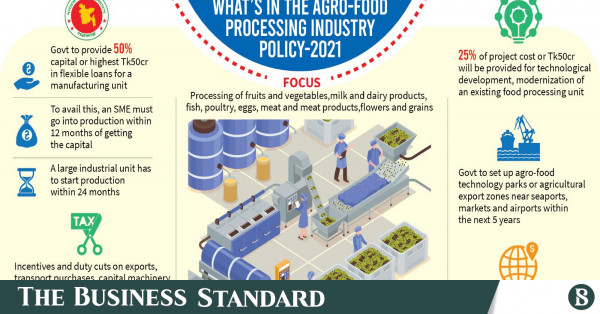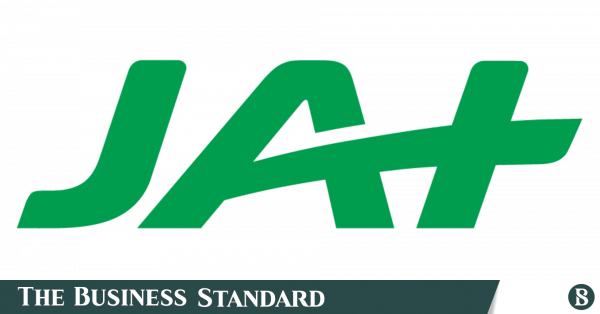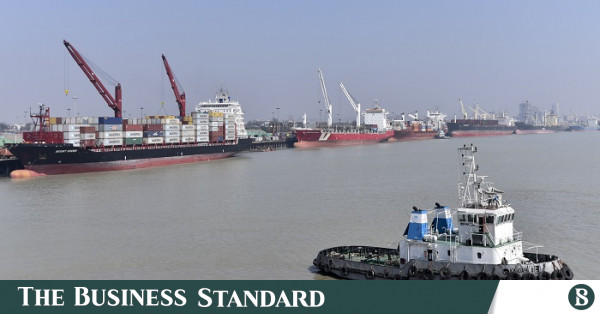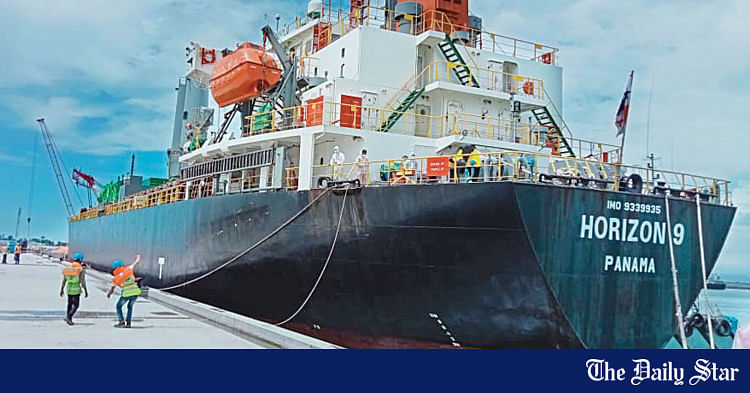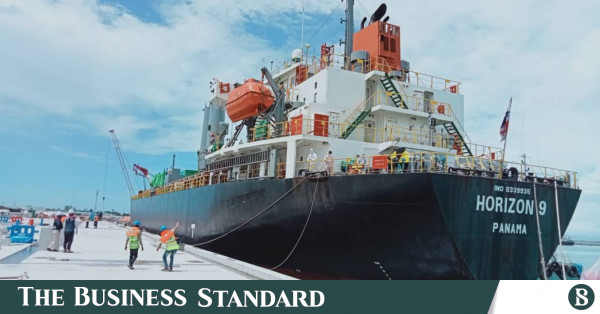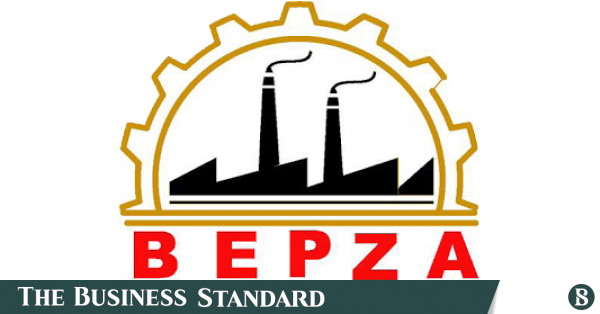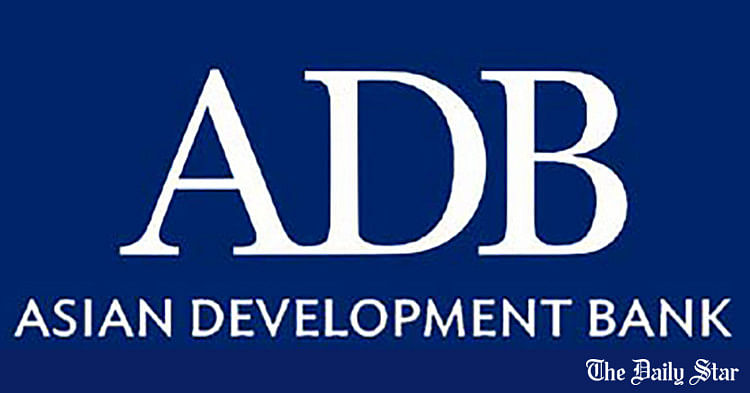Bangladesh will remain the most resilient and continue to attract foreign direct investments (FDI) to live up to its image as a favourite place for global investors, despite the Covid-induced economic downturn. This inference can be drawn from a new report released by the US Department of State.
The US Department of State released the ‘2021 Investment Climate Statements’ on Wednesday that mentioned Bangladesh’s sustained economic growth over the past decade, a large, young, and hard-working workforce, strategic location between the large South and Southeast Asian markets, and the presence of a vibrant private sector.
The government's efforts in Bangladesh to improve the business environment in recent years show promise but implementation has yet to materialise, according to the report that analyses the investment climate in more than 170 global economies that are current or potential markets for US companies.
Bangladesh has made gradual progress in reducing some constraints on investment, including taking steps to better ensure reliable electricity, but inadequate infrastructure, limited financing instruments, bureaucratic delays, lax enforcement of labour laws, and corruption continue to hinder foreign investment, the report stated.
Slow adoption of alternative dispute resolution mechanisms and sluggish judicial processes impede the enforcement of contracts and the resolution of business disputes, as per the report.
Buoyed by a young workforce and a growing consumer base, Bangladesh has enjoyed consistent annual GDP growth of more than six percent over the past decade, with the exception of the Covid-induced economic slowdown in 2020, the report mentioned.
Much of this growth continues to be driven by the ready-made garment (RMG) industry, which exported $28.0 billion of apparel products in FY 2020, and continued remittance inflows, reaching a record $18.2 billion in FY 2020, as per the US report.
However, the country’s RMG exports dropped more than 18 percent year-on-year in FY 2020 as Covid depressed the global demand for apparel products.
The government of Bangladesh actively seeks foreign investment in sectors like agri-business, textile, leather goods, light manufacturing, power and energy, electronics, light engineering, information and communications technology (ICT), plastic, healthcare, medical equipment, pharmaceutical, ship building, and infrastructure.
Bangladesh offers a range of investment incentives under its industrial policy and export-oriented growth strategy with few formal distinctions between foreign and domestic private investors, as per the report.
Bangladesh’s Foreign Direct Investment (FDI) stock was $16.9 billion in 2019, with the United States being the top investing country with $3.5 billion in accumulated investments.
Bangladesh received $1.6 billion FDI in 2019. The rate of FDI inflows was only 0.53 percent of GDP, one of the lowest rates in Asia, according to the US report.
As a traditionally moderate, secular, peaceful, and stable country, Bangladesh experienced a decrease in “terrorist activity” in 2020, accompanied by an increase in terrorism-related investigations and arrests, the US government said.
The report, however, highlighted the “diminishing space for the political opposition, undermining judicial independence, and threatening freedom” of the media and NGOs.
Bangladesh continues to host one of the world’s largest refugee populations, more than one million Rohingya from Myanmar, in what is expected to be a humanitarian crisis requiring notable financial and political support for years to come.
International retail brands selling Bangladesh-made products and the international community continue to press the government of Bangladesh to meaningfully address worker rights and factory safety problems in Bangladesh, according to the report.
With unprecedented support from the international community and the private sector, the Bangladesh garment sector has made significant progress on fire and structural safety, the US government noted.
Critical work remains on safeguarding workers' rights to freely associate and bargain collectively, including in Export Processing Zones (EPZs), it said.
The Bangladeshi government has limited resources devoted to intellectual property rights (IPR) protection and counterfeit goods are readily available in Bangladesh, as per the report.
Government policies in the ICT sector are still under development. Current policies grant the government broad powers to intervene in that sector, it mentioned.
Capital markets in Bangladesh are still developing, and the financial sector is still highly dependent on banks, said the US report.
Bangladesh will remain the most resilient and continue to attract foreign direct investments (FDI) to live up to its image as a favourite place for global investors, despite the Covid-induced economic downturn. This inference can be drawn from a new report released by the US Department of State...

www.theindependentbd.com
Bangladesh has met, for the second time, all the three criteria for graduating from the Least Developed Country (LDC) and if everything goes right, will finally be graduated in 2026. The remarkable socio-economic development in the last decade has made Bangladesh eligible for this graduation. Graduation from the LDC group would mean relinquishing a wide-variety of preferences and privileges currently enjoyed by Bangladesh.
As an LDC, the facilities Bangladesh enjoys can be classified into three groups: (i) preferential treatment, (ii) development assistance & technical cooperation and (iii) general support and other forms of assistance. The most severe shock is supposed to be felt in the country’s flagship sector, the export oriented RMG industry: what will be the possible repercussion for LDC graduation on this sector?
In no sector will the implications of Bangladesh’s LDC graduation be felt more acutely, and in such impactful ways, as the RMG sector. Not only because the sector accounts for more than four-fifths of Bangladesh’s total export earnings, but also because RMG face tariff peaks in almost all key markets of Bangladesh. For example, tariffs facing Bangladesh’s apparels are, on average, about 12 percent in the EU and 16-18 percent in Canada. Accordingly, the depth of preference erosion will be significantly high in case of exports of RMG items from Bangladesh.
The Generalized System of Preferences (GSP) provides duty-free quota-free (DFQF) market access for Bangladesh. Under the “Everything but Arms” (EBA) initiative, the EU grants DFQF. The country may experience shortfall of 8-10% of its gross export revenue due to loss of DFQF which is almost $2.5 billion annually. RMG will face the largest part of this loss as it constitutes the lion’s share of the country’s total export.
According to the WTO Agreement on Subsidies and Countervailing Measures (SCM), Bangladesh will lose the flexibility to offer export incentives and subsidies to the exporters. In this context, the incentives the RMG industry is enjoying currently will no longer be available and that will pose pressure on the competitiveness and profitability of Bangladeshi companies.
After graduation, Bangladesh may get access to GSP+ facility in the European market. But it requires ratification of 27 international conventions (7 UN conventions on human rights, 8 ILO conventions on labor rights, 8 conventions on environment protection and 4 conventions on good governance) and two numerical criteria. Rules of origin (RoO) for preferential access of apparels exported by the LDCs tend to be highly LDC-friendly (e.g. only a single stage conversion requirement in the EU and a flat 25% domestic value addition requirement in Canada).
Graduation to developing country will mean that the RoO are going to be more stringent which will create new challenges for RMG sector. There will also be implications in the form of preference erosion currently enjoyed by Bangladesh as a member of regional trading arrangements such as the South Asia Free Trade Area (SAFTA), where India, for example, offers DFQF market access to the four LDC members for all products including the apparels or the LDC scheme run by China. Some competitors of Bangladesh are going for aggressive regional trading arrangements (RTAs), with serious implications for our RMG sector.
For example, the Vietnam-EU FTA will allow Vietnam, a major competitor of Bangladesh, duty free access to the European market. This will eliminate the preferential margin that Bangladesh currently enjoys vis-à-vis Vietnam, a developing country, in the EU market. Indeed, there may be a time, beyond 2027, when Vietnam’s apparels would have duty-free access to the EU market while apparels exported by Bangladesh would need to enter duty-paid (if the current scenario prevails).
RMG competitiveness will also be impacted by indirect factors. For example, LDC graduation will have implications arising from stringent compliance requirements under the trade-related intellectual property rights (TRIPS) of the WTO, as also from changes in the support from the enhanced integrated framework (EIF) and the various special and differential treatment of the WTO. The RMG sector has been benefited from the technical assistance and capacity building support received by Bangladesh as an LDC; these will no longer be available after graduation.
Meanwhile, minimum wages in the RMG sector will, justifiably, continue to rise at a time when the sector will be facing the challenges mentioned above. Cost of borrowing is rising already because of its recently acquired
middle income country status; competing development demands and prevailing domestic resource mobilization performance could mean that fiscal space for the type of incentives that the RMG sector has been traditionally enjoying could shrink in future.
Bangladesh should design appropriate strategies and take the needed preparatory steps towards sustainable LDC graduation and sustainable transition of its RMG sector. For ensuring a sustainable and robust future for the RMG sector, aligned with the aspiration of Bangladesh for LDC graduation, all concerned stakeholders will have to do the needed homework and start preparing for the post-2026 future of the RMG sector.
To address the graduation challenges, RMG entrepreneurs and policymakers of Bangladesh has to make a collaborative effort. Government should concentrate on securing GSP+ facilities in the EU market by ratifying 27 conventions mentioned earlier. Economic diplomacy of the country needs to be strengthened to convince the EU authority to widen its import threshold. The country should diversify its preference effort beyond WTO. As Bangladesh has committed to achieving SDGs within 2030, it can approach to United Nations Conference on Trade and Development (UNCTAD) and Enhanced Integrated Framework (EIF) for more trade-related preference opportunities under SDG framework.
According to the Asian Productivity Organization, per hour labor productivity of Bangladesh is $3.4 which is lower than average productivity of other competing countries. It is important to strengthen productive & labor productivity of the country. Only five products, i.e. Shirts, Trousers, Jackets, T-Shirt & Sweater, constitute more than 73.17% of total RMG export. Bangladesh should diversify products base & add more value to final products with design and quality.
Bangladesh should play an effective role in the regional and sub-regional forums like BBIN, BCIM and BIMSTEC, etc. Bilateral Free Trade Agreement can be a critical tool for offsetting the pressure of preference erosion. The government should respond proactively to face the challenges of the fourth industrial revolution and leveraging the opportunities of new technologies.
A coordinated approach needs to be initiated by entrepreneurs, policymakers, buyers and development partners to design curriculum and start re-skilling the people. Strengthening institutions for facilitating factories, reducing the cost of doing business through building physical and soft infrastructures and improving the business environment are critical for attracting local and foreign investment which will create confidence among RMG industry stakeholders to face the challenges of LDC graduation. Bangladesh will need to pursue negotiations in various forum, jointly with other graduating LDCs, to secure their common interests in view of the emerging challenges.
LDC graduation poses both opportunities for rebranding the country and challenges of losing trade preferences. Responding proactively with proper policy instruments and business level strategy can help RMG companies face the challenges effectively. Responding to LDC graduation specific challenges with changing market behavior efficiently will help to make the RMG industry sustainable and spearhead the growth journey of Bangladesh to a developed economy by 2041.
Bangladesh has met, for the second time, all the three criteria for graduating from the Least Developed Country (LDC) and if everything goes right

moderndiplomacy.eu
The Asian Development Bank (ADB) in its Asian Development Outlook Supplement of July said Bangladesh's economic recovery will continue amid the second wave of Covid-19 much like the previous fiscal year, depending on exports and remittances.
ADB today released the supplement on the Asian economy from Manila.
It said the impact of the second wave could lead to 8.9 percent GDP growth of South Asia in 2021, which was 9.5 percent last April.
This reduced GDP growth of Asia in the complementary outlook is largely due to the slowdown in India's GDP growth.
In the outlook supplement, the growth prospects of other South Asian countries, including Bangladesh, have been kept the same as in April.
In April, Outlook predicted a growth rate of 6.8 percent in Bangladesh. However, when the report was released on April 26, Dhaka-based director Manmohan Prakash told reporters that it could be 5.5 to 6 percent.
And last June it was said GDP growth could reach 6.1 percent in 2021.
Today, the ADB said in the first 11 months of the last fiscal year, exports increased by 13.6 percent and remittances increased by 39.5 percent. On the other hand, revenue has increased by 12.9 percent in the first 10 months.
The Asian Development Bank (ADB) in its Asian Development Outlook Supplement of July said Bangladesh's economic recovery will continue amid the second wave of Covid-19 much like the previous fiscal year, depending on exports and remittances.

www.thedailystar.net

 www.thedailystar.net
www.thedailystar.net















